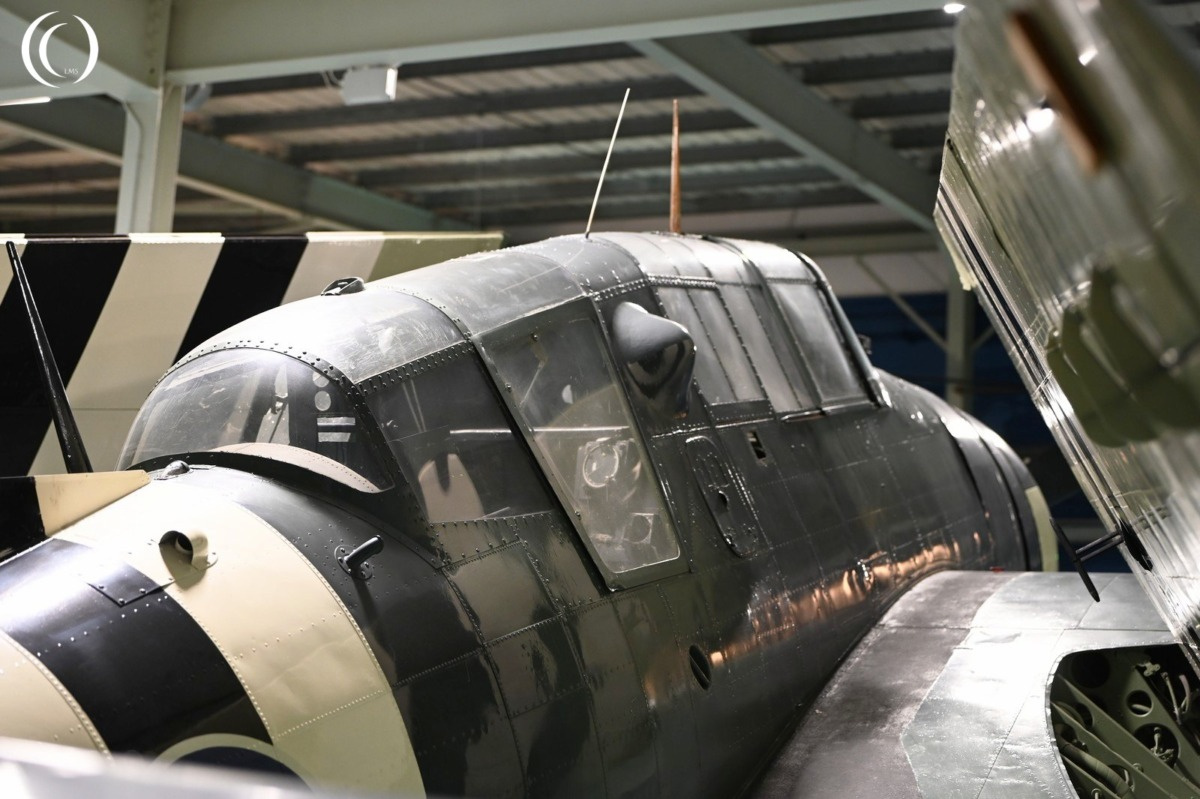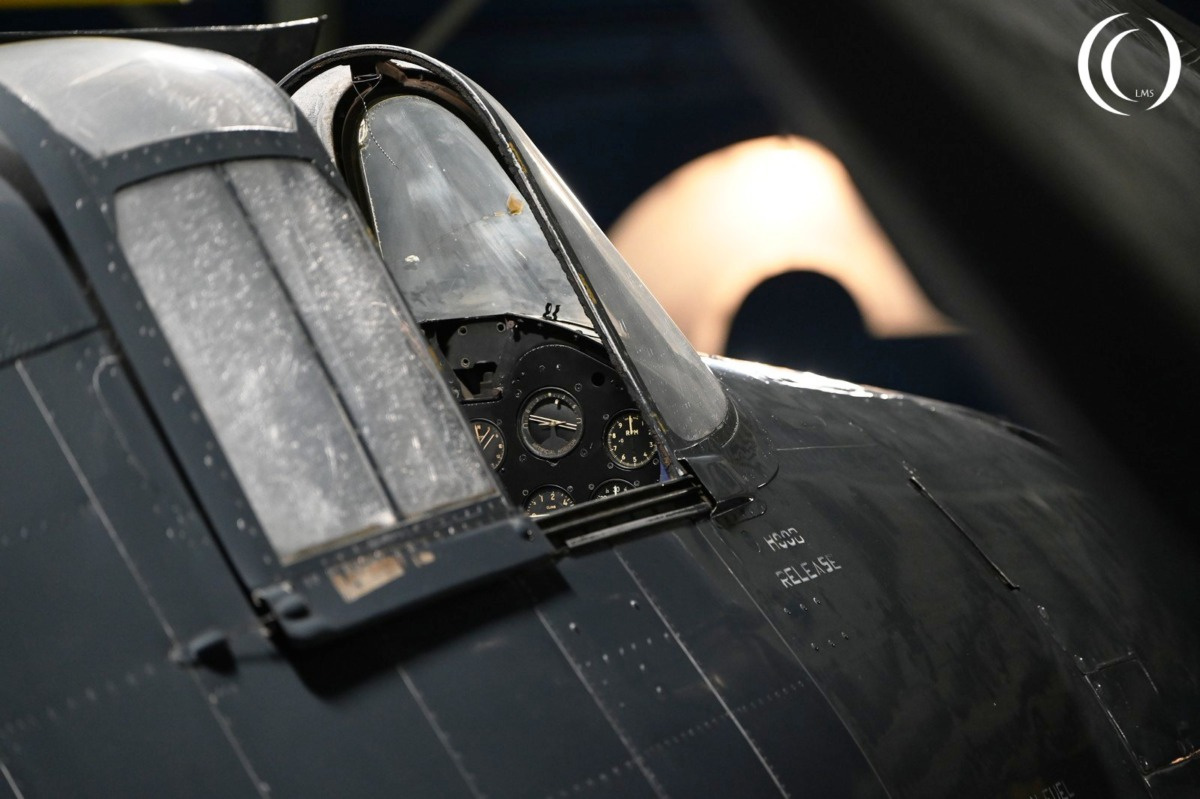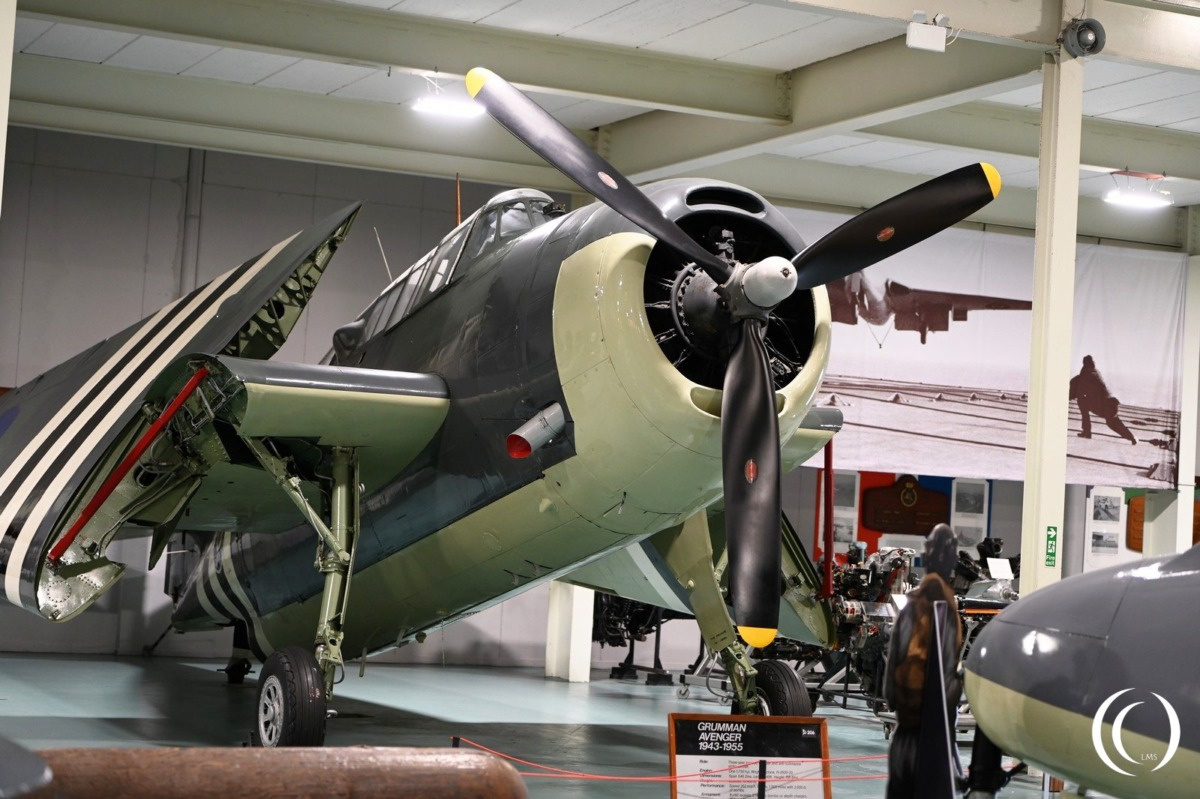
History and development of the Avenger
The Grumman TBF/TBM Avenger was a torpedo bomber developed and used extensively during World War II by the United States Navy and Marine Corps, as well as by allied forces including the Royal Navy and Royal New Zealand Air Force. Known for its size, payload capacity, and rugged design, the Avenger became one of the most important naval aircraft of the war.
Developed by Grumman Aircraft Engineering Corporation, the prototype of the Avenger first flew in August 1941. The aircraft was selected to replace the earlier Douglas TBD Devastator, which had shown vulnerabilities in early Pacific battles. The TBF Avenger made its combat debut at the Battle of Midway in June 1942. Although the initial engagement resulted in heavy losses, the aircraft’s design proved to be fundamentally sound, and it quickly became a mainstay of carrier-based air operations.
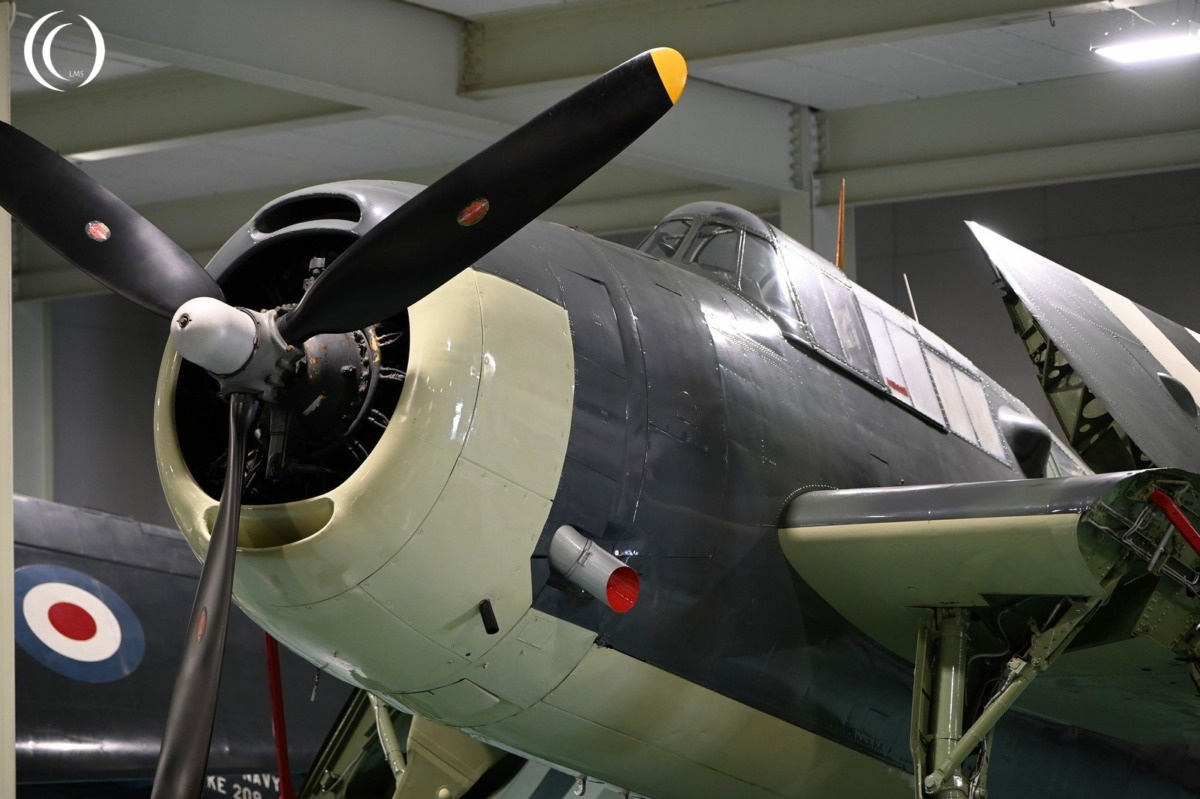
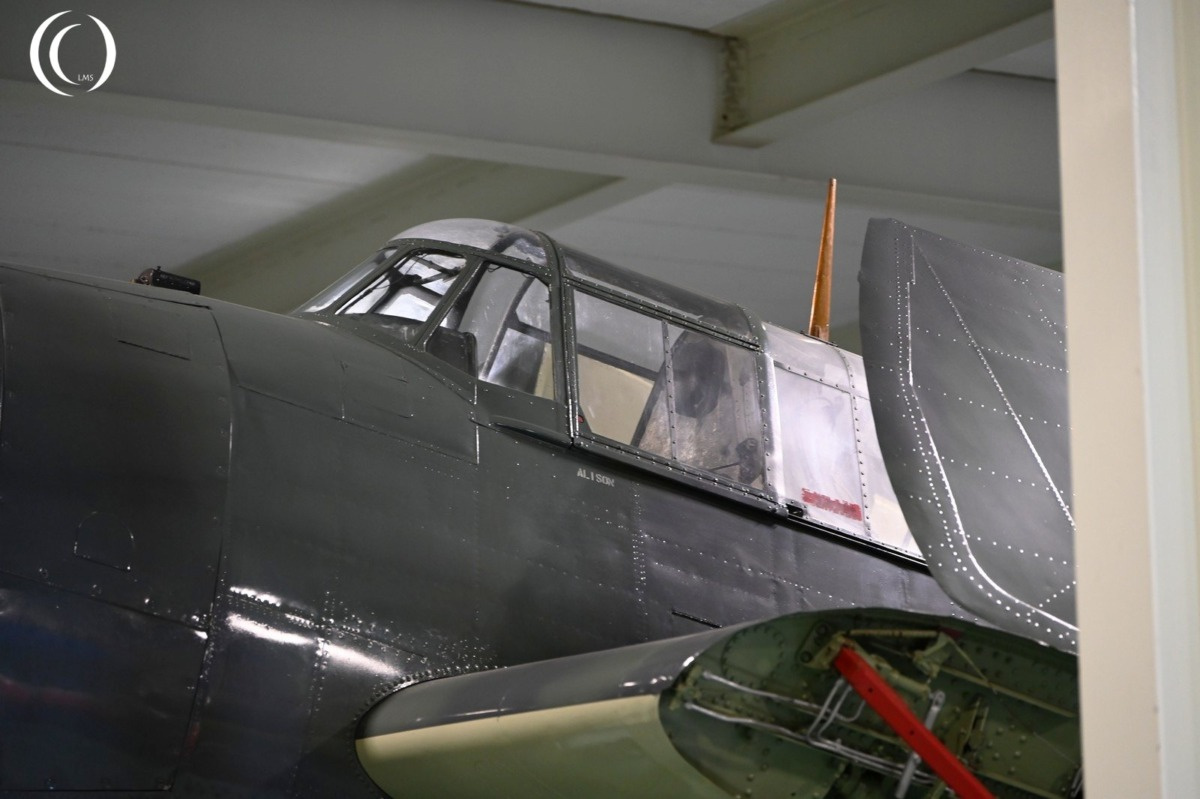
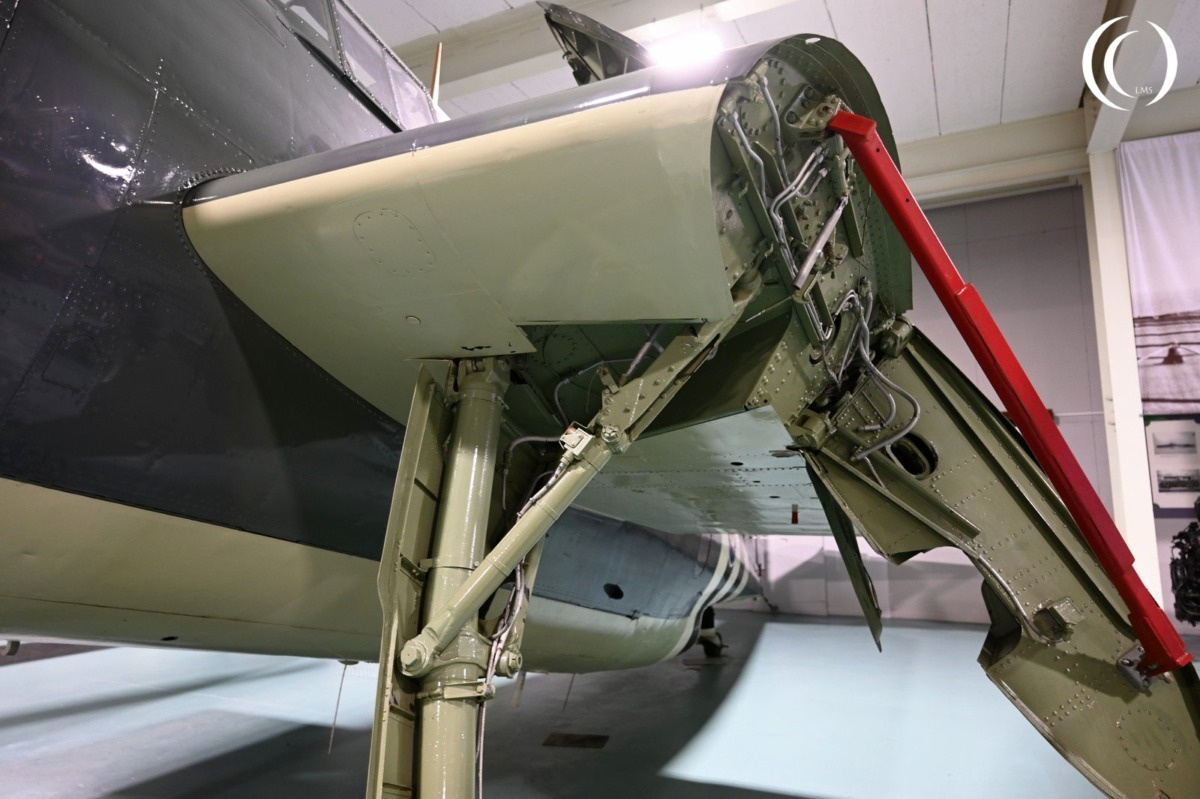
The Avenger was notable for its large bomb bay, which allowed it to carry a standard Mark 13 torpedo or a mix of bombs and depth charges. It typically carried a crew of three: a pilot, a turret gunner, and a radioman/bombardier/ventral gunner. Defensive armament included a .50 caliber machine gun in a dorsal turret and a .30 caliber machine gun firing from a ventral position.
The designation TBF referred to the aircraft produced by Grumman, while TBM was used for the same aircraft built under license by General Motors’ Eastern Aircraft Division. In practice, both variants were nearly identical, and thousands were built during the war. By the end of the war, over 9,800 Avengers had been produced.
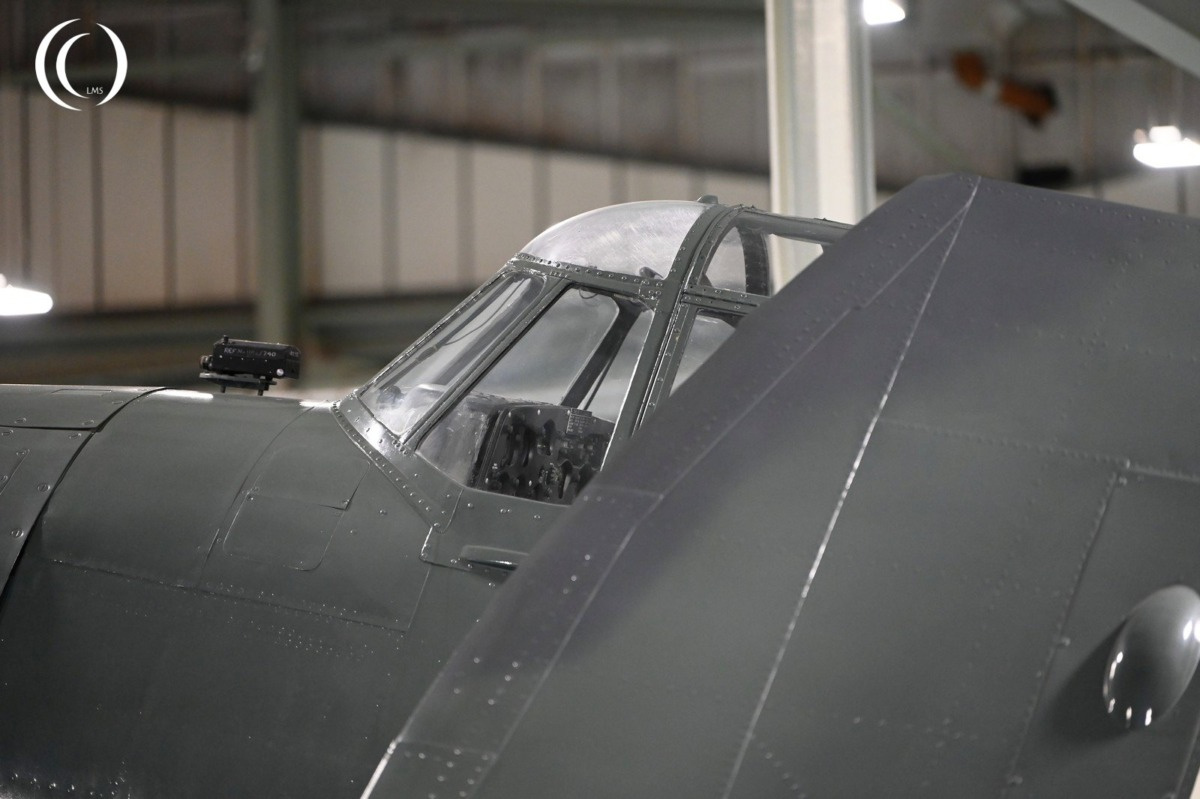
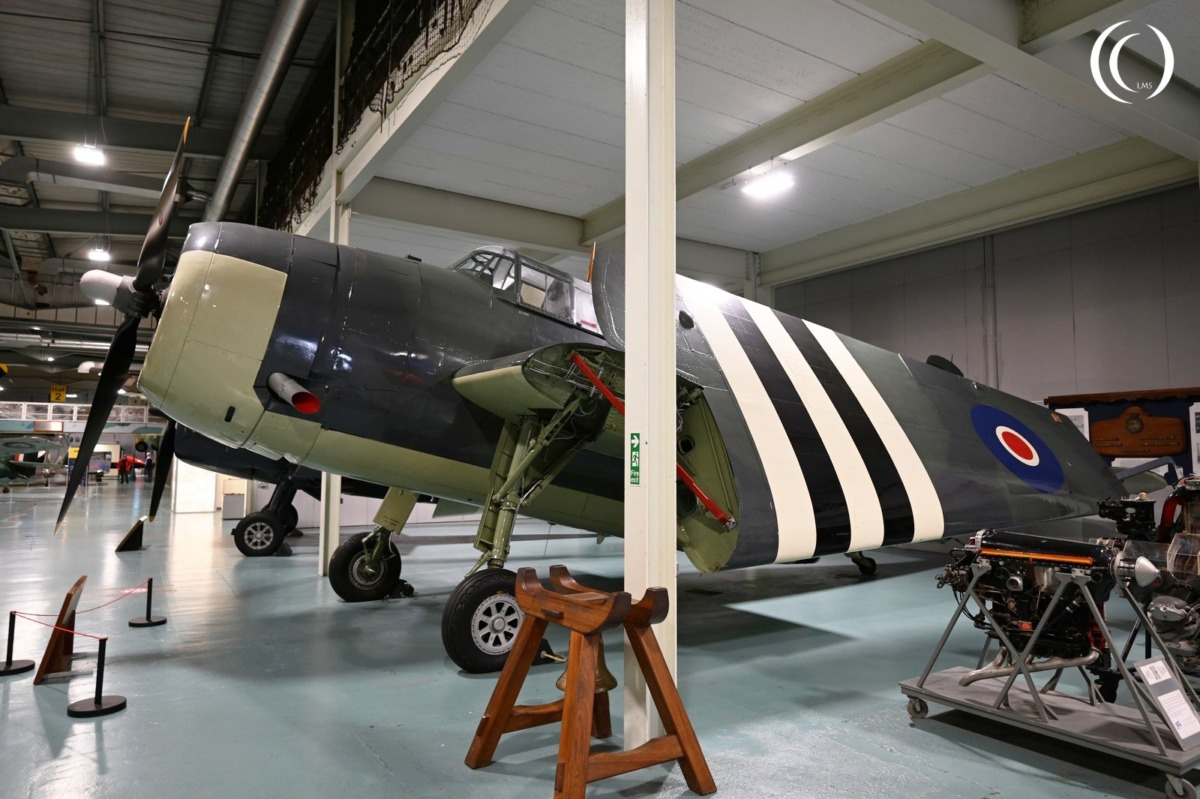
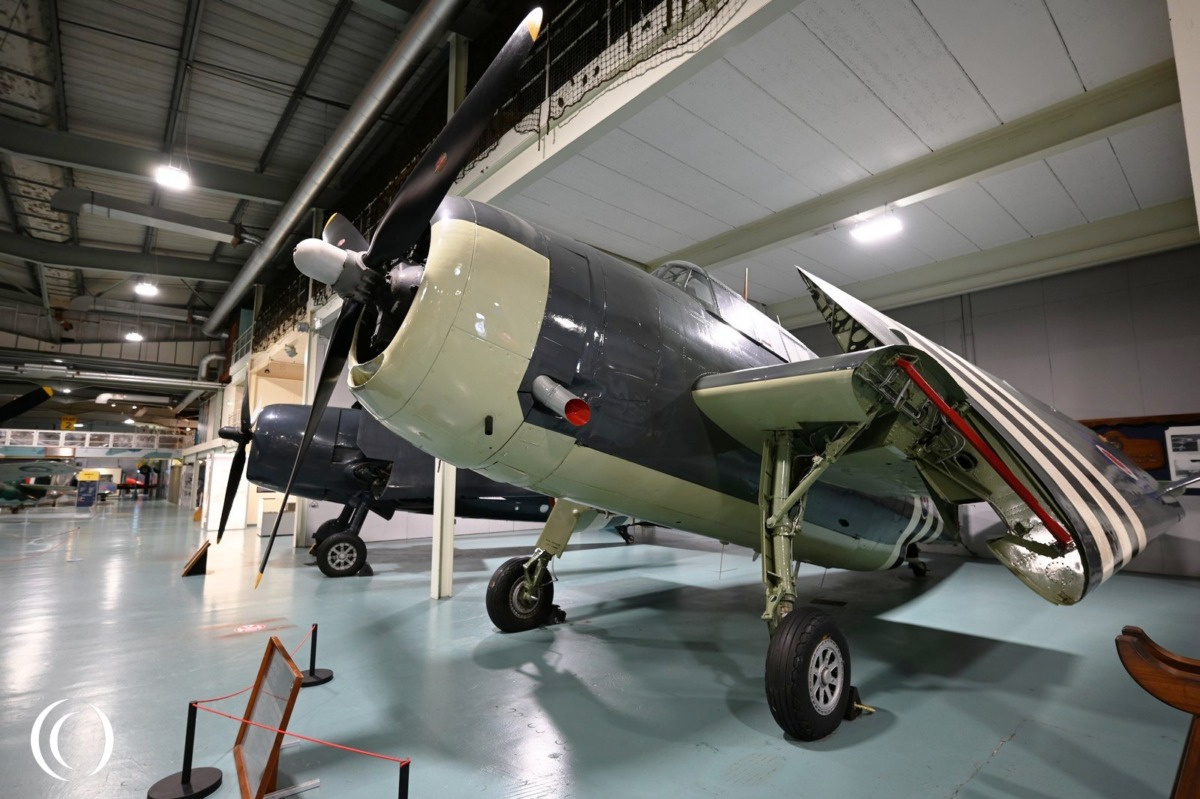
Throughout the Pacific Theater, the Avenger played a significant role in naval battles and anti-submarine patrols. It was used in strikes against enemy ships, airfields, and ground positions. Avengers were instrumental in several key operations, including the sinking of the Japanese battleships Yamato and Musashi. They also played a critical role in the Battle of the Philippine Sea and other large-scale engagements.
Beyond World War II, the Avenger remained in service into the 1950s, adapted for new roles such as anti-submarine warfare, target towing, and training. Several were used by other countries during the postwar period, including Canada, France, and Japan. Some were also converted for civilian use, notably in agricultural roles such as aerial spraying and firefighting.
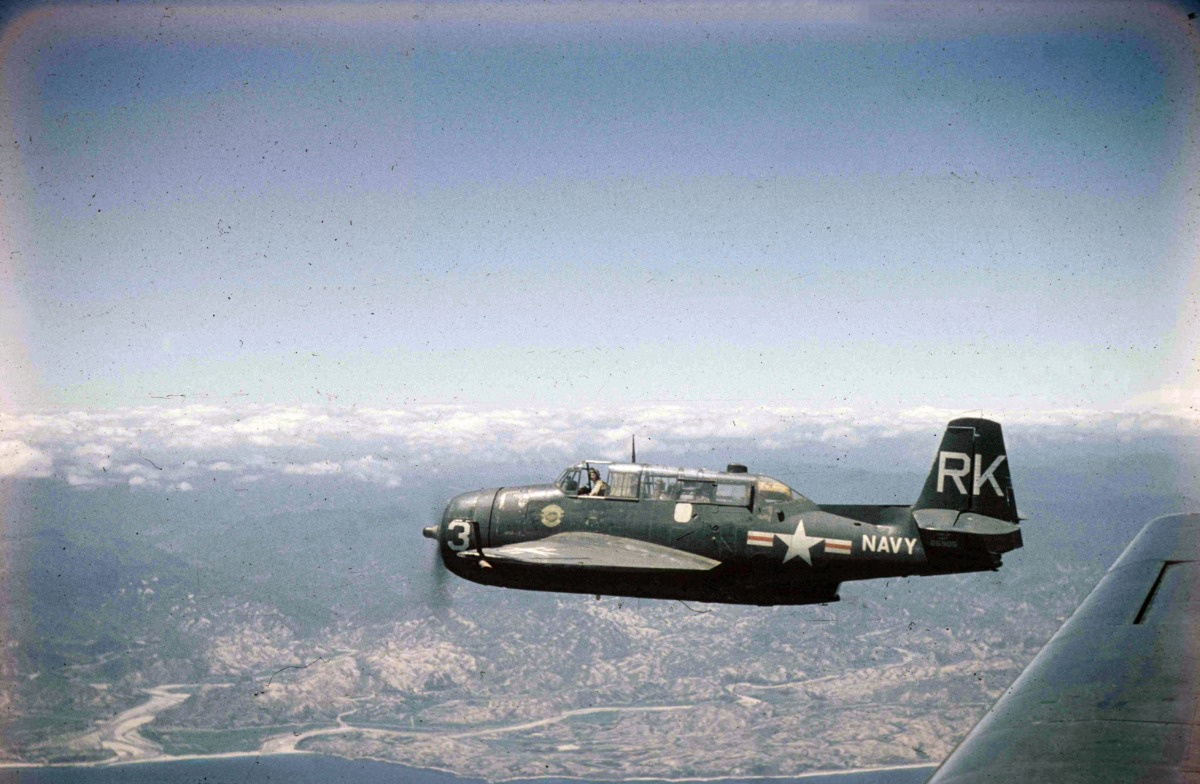
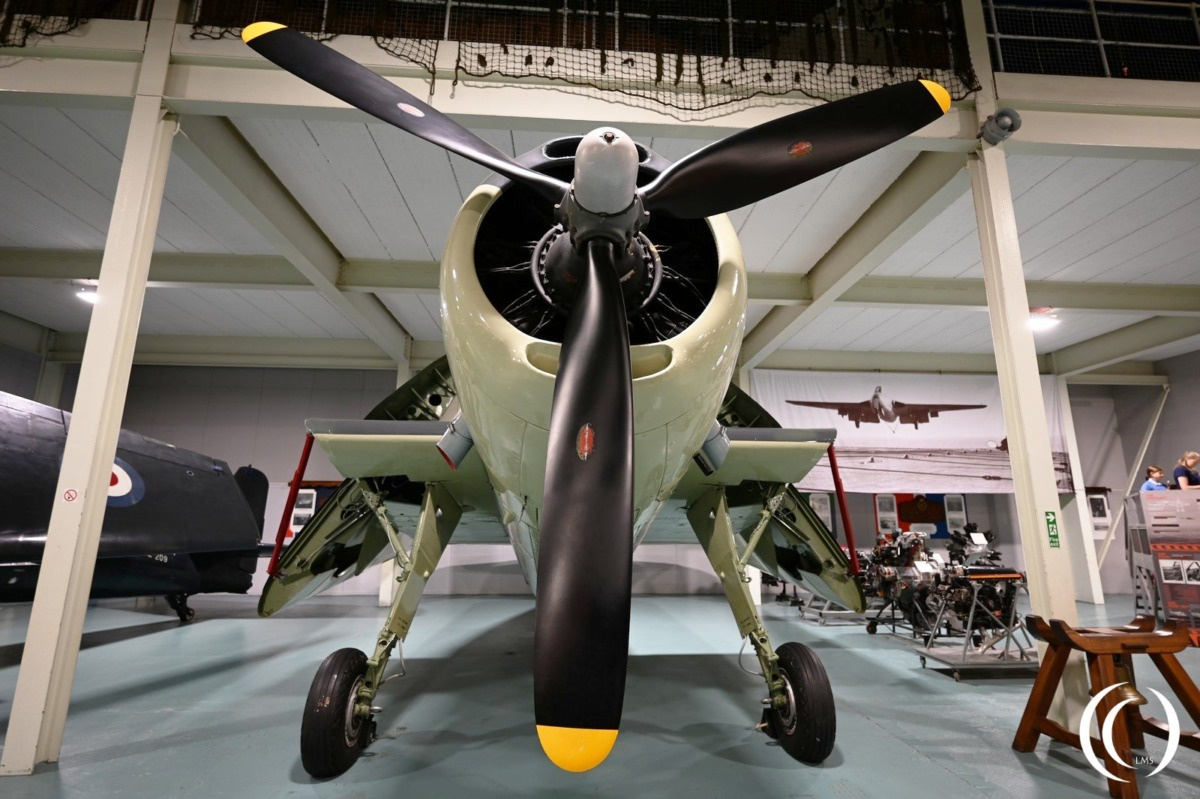
Tarpon
The Royal Navy Tarpon was the British designation for the American-built Grumman TBF Avenger, used primarily by the Fleet Air Arm during World War II. Introduced in 1943 and later re-designated Avenger Mk I, the first 402 aircraft were known as Avenger Mk I, 334 TBM-1s from Grumman were called the Avenger Mk II, and 334 TBM-3 were designated the Mk III.
On 9 July 1944 a Royal Navy Avenger shot down a V1 missile, although the V1 was faster than the Avenger. Fred Shimer, the Telegraphist/ Air Gunner, fired at the V1 at 700 meters from the dorsal turret, taking it down.
Three Avengers were modified to carry the Highball bouncing bomb. This technique was used earlier with the dam busters using a bouncing explosive to destroy dams in the Ruhr area in Germany.
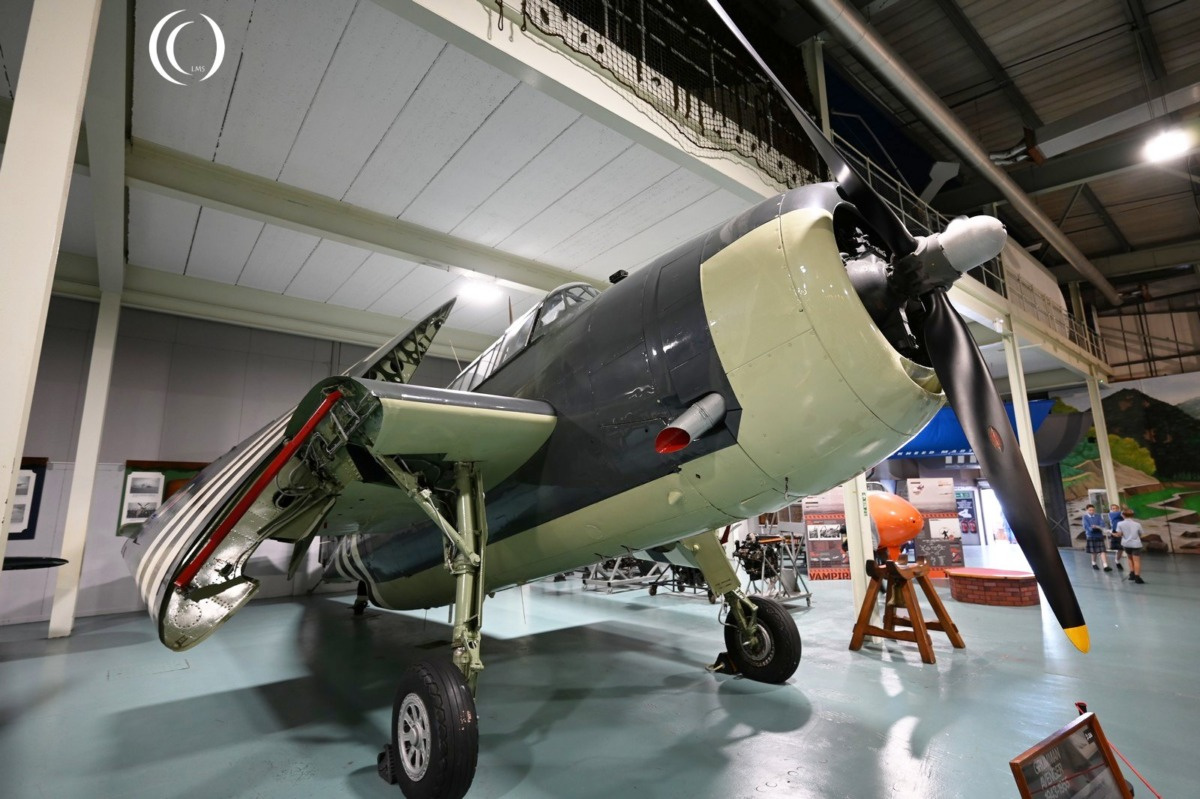
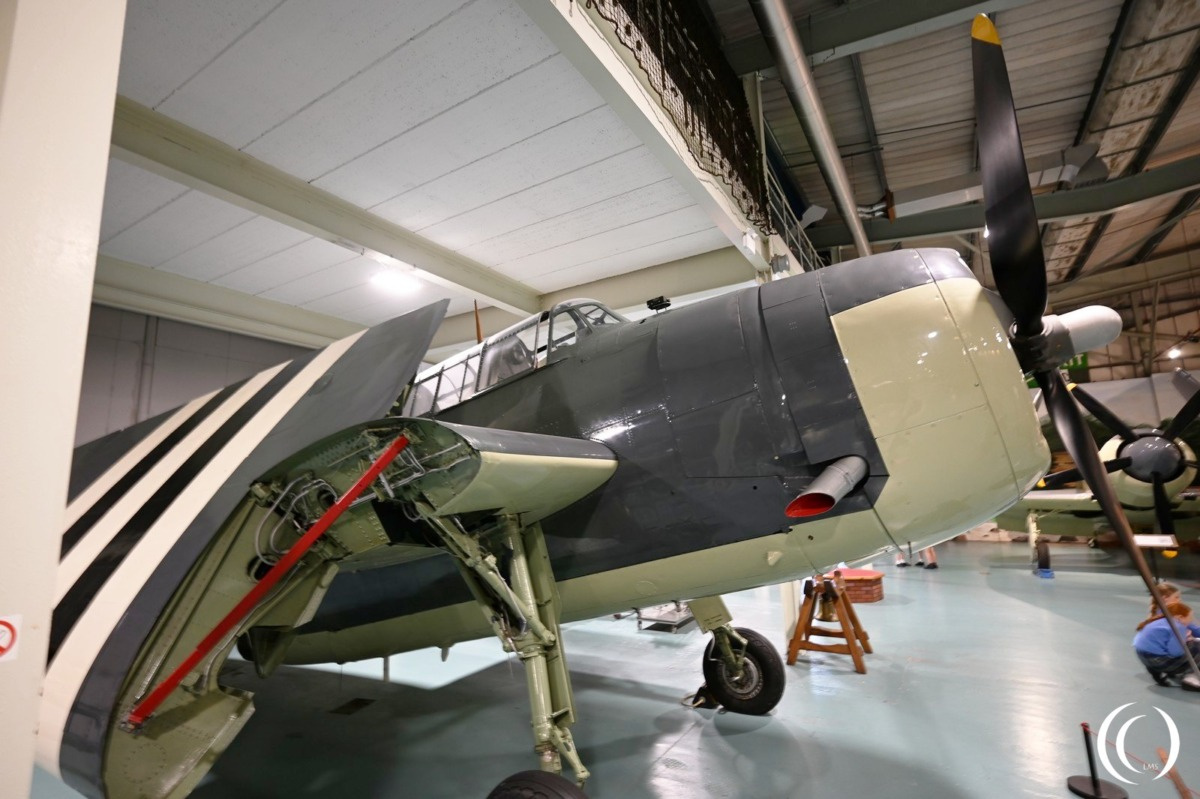
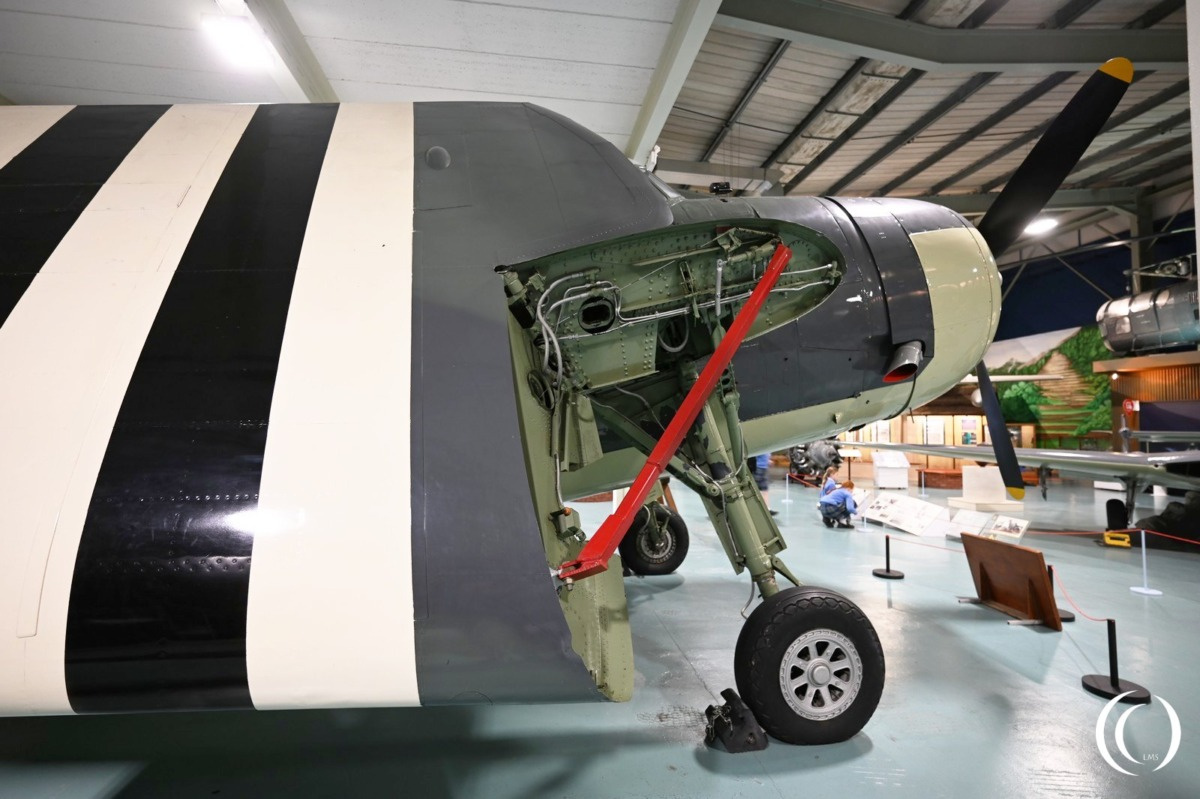
Specifications
The Grumman TBF Avenger had a crew of three, a pilot controlling the forward guns, a turret gunner and radioman/bombardier/ventral gunner. The Avengers length was 40 ft 1⁄8 in (12.195 m) with a height of 16 ft 5 in (5.00 m) and a wingspan of 54 ft 2 in (16.51 m).
The Avenger was powered by a Wright R-2600-8 Twin Cyclone 14-cylinder air-cooled radial piston engine with 1,700 hp which gave it a top speed of 278 mph (447 km/h). Its cruise speed was 215 mph (346 km/h) and its operational range 905 mi (1,456 km).
The Grumman Avenger was armed with one frontal 0.30 in (7.62 mm) nose-mounted M1919 Browning machine gun (on early models) or 2 × 0.50 in (12.7 mm) wing-mounted M2 Browning machine guns, one 0.50 in (12.7 mm) dorsal-mounted M2 Browning machine gun and one 0.30 in (7.62 mm) ventral-mounted M1919 Browning machine gun.
It could carry eight 3.5-Inch (89 mm) Forward Firing Aircraft Rockets, 5-inch (127 mm) Forward Firing Aircraft Rockets or HVAR (High Velocity Aerial Rockets). Four 4×500 lb bombs (four 225 kg) or one 2,000 lb (907 kg) Mark 13 torpedo or Mark 24 mine (Fido) acoustic homing torpedo.
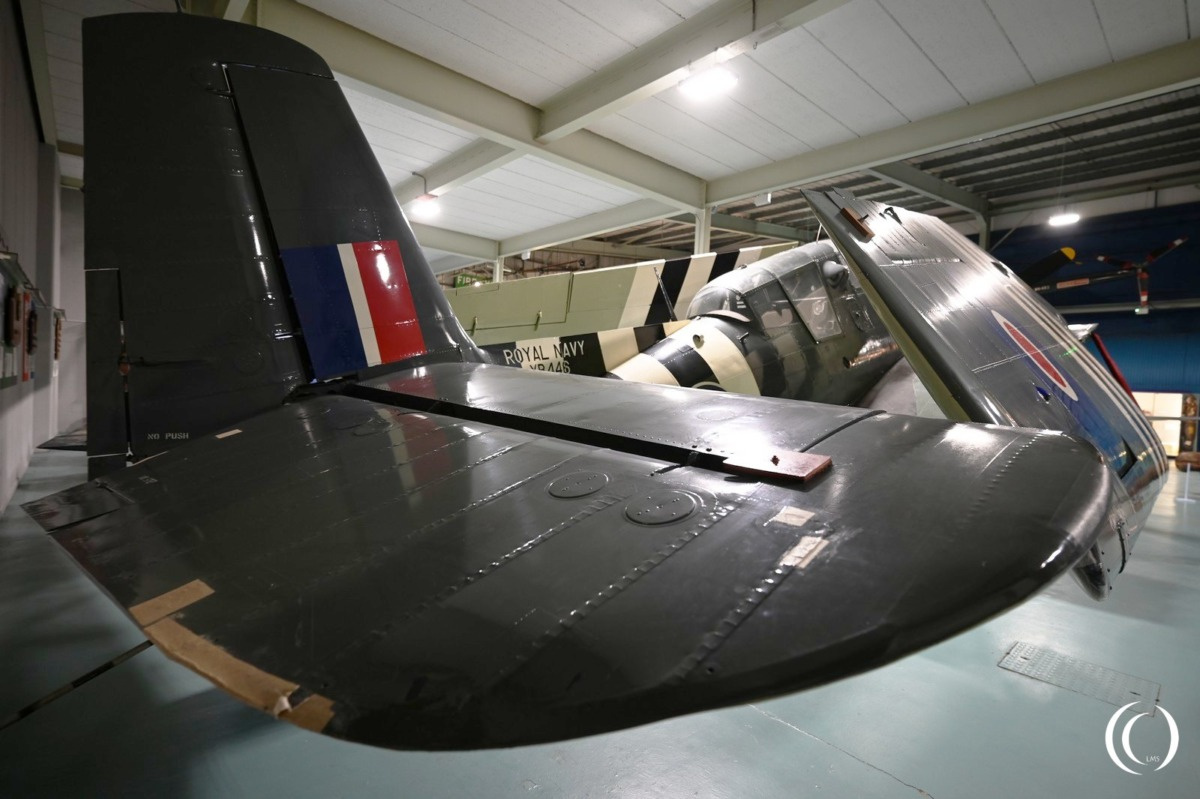
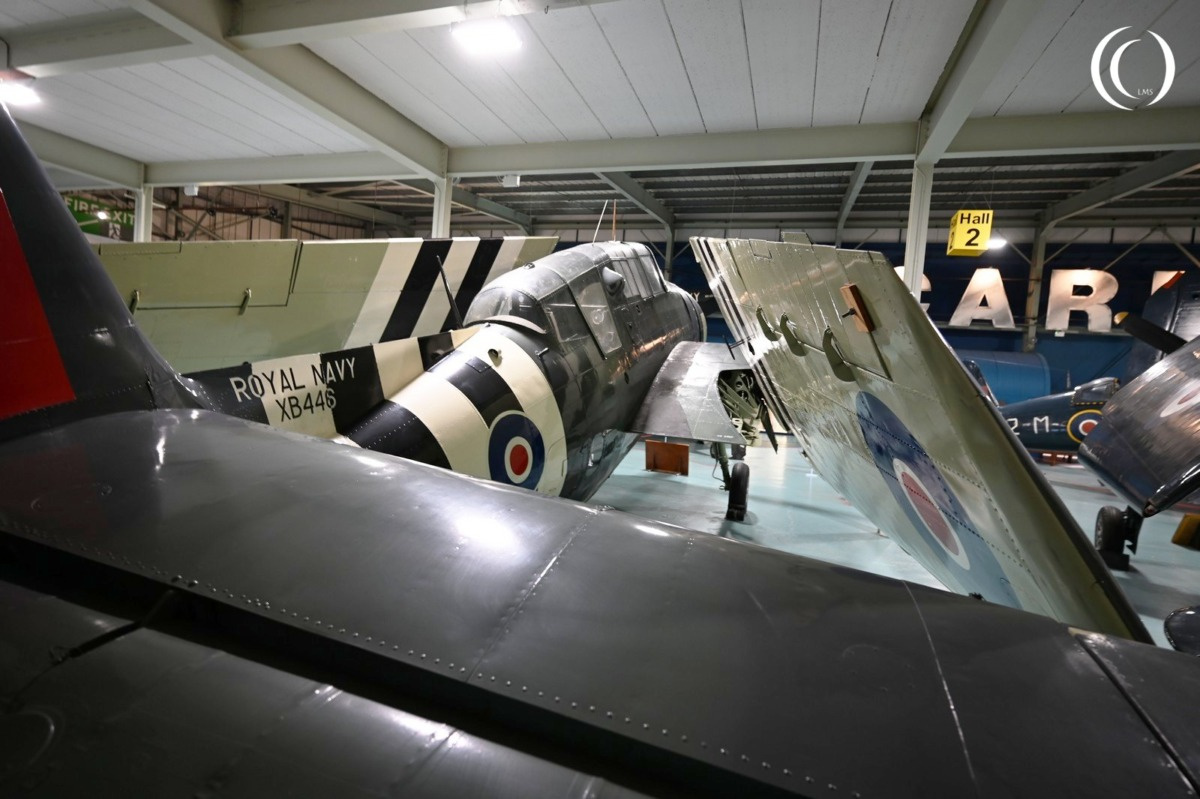
Avenger ECM.6B — XB446
In the photos is the Avenger ECM.6B — XB446. This specific Grumman Avenger was built under license by General Motors TBM-3S Avenger ECM.6B (originally produced as a TBM-3E) and has registration/serial XB446.
It was delivered in February 1945 as a TBM-3E with US Navy Bureau Number: 69502. Thereafter it was transferred under the register XB446 in May 1953. It was later adapted to ECM.6B standard, a specialized Electronic Countermeasures version, at RNAS Gosport around 1955–1956.
The Avenger was taken out of active service by the early 1960s and placed into storage—first at RNAS Abbotsinch around 1962, then at RNAS Culdrose by 1963. It was acquired by the Fleet Air Arm Museum and put on long-term static display in 1973 (or formally transferred in 1968) at Yeovilton.
